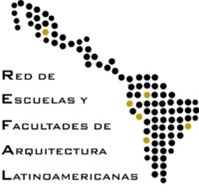Implementation of green roofs through gray water reuse system
Keywords:
Urban heat islands, albedo, biotope landscape, extensive self-regulating green roofAbstract
Green roofs decks or spaces being low maintenance, and constructed with characteristics of minimal intervention complexity, create a biotope landscape and constitute a habitat for certain fauna and flora; providing landscape and weather benefits; acting as temperature and humidity regulators; helping to improve the WHO indicators regarding the minimum requirement of green areas per inhabitant. They have a positive psychological effect on the people who inhabit the building and, built as orchard roofs, could provide the possibility of obtaining some economic benefit by taking advantage of agricultural production. For all cases, it is necessary to consider the appropriate technology and the bearing capacity of the roof; For homes in general, the use of a "self-regulating-extensive green roof" is recommended. Green roofs irrigated with gray water specially treated for reuse turns out to be a wise combination of technology that results in a double positive environmental effect; The residual gray water treated with filters destined in this case for the irrigation of roof gardens would be the result responsible for exploiting the scarce water resource in cities like Tacna located in the head of the desert that, for this reason, urgently demand the expansion of green spaces that improve the quality of life of its inhabitants.









